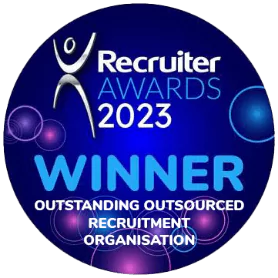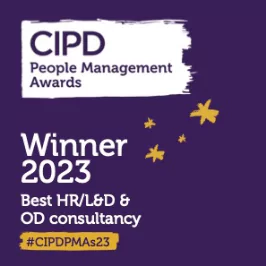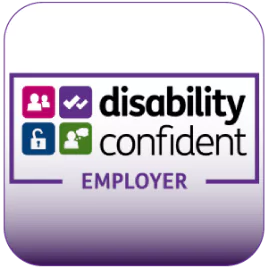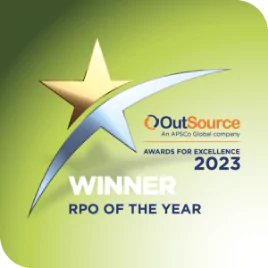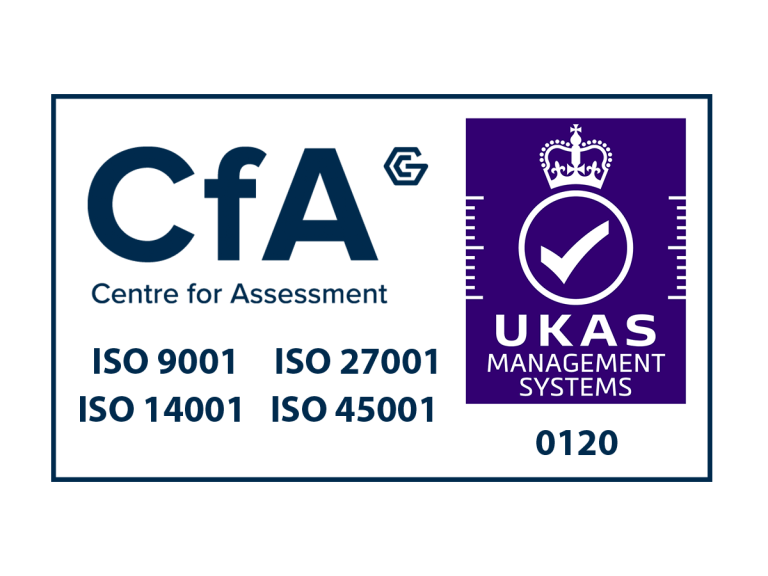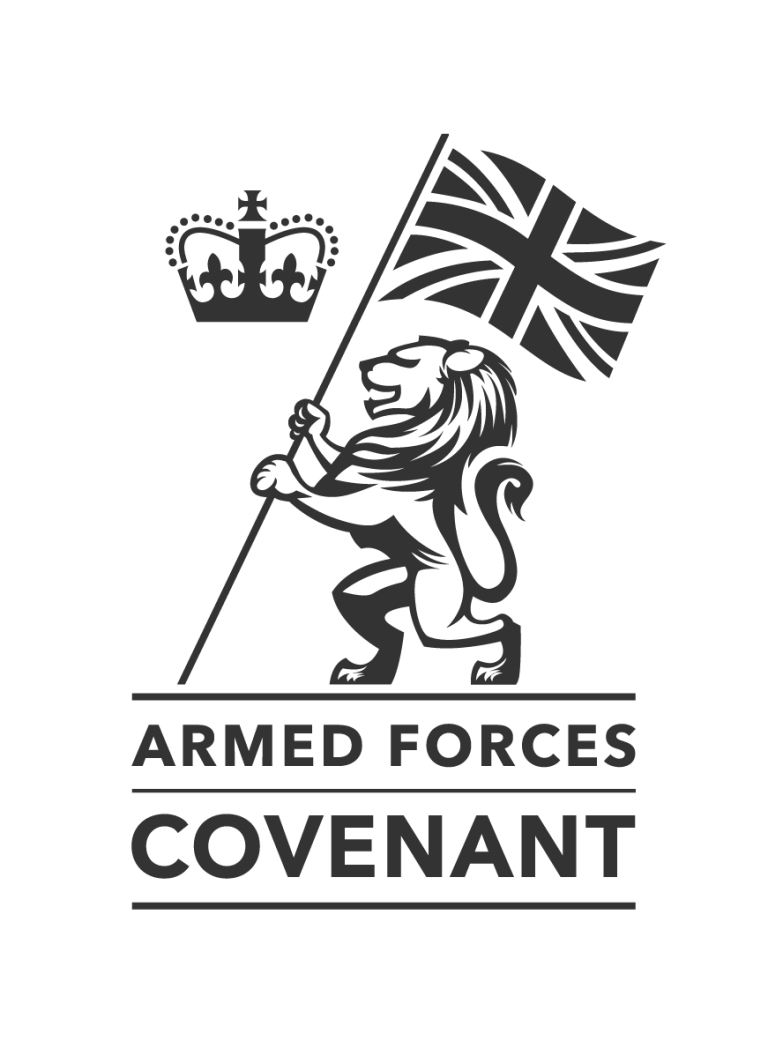In a challenging national and global climate, planning ahead and ensuring your organisation is resilient and strong enough to overcome whatever issues it may face has become even more important than ever before. That is particularly true when it comes to your greatest asset; your workforce. And, as the saying goes, ‘fail to prepare, prepare to fail.’ The Resourcing and Talent Planning Report 2022, that we delivered in partnership with the CIPD, has found a number of interesting results and highlighted varying approaches to workforce planning, but how are firms navigating the challenging waters in which we’re currently operating?
What is workforce planning?
Workforce planning ensures organisations have the right people and skills within their business, at the right time by undertaking a strategic process to analyse current and future workforce needs.
Good workforce planning
Workforce planning methods appear to take a variety of different forms depending on the sector in which organisations operate, their size and their geographic location. Thankfully, the majority of responding employers are adopting some form of workforce planning, with discrepancies over the amount of time that they plan for. Just under a third of businesses don’t look beyond six months into the future, perhaps recognising that modern markets shift at a faster rate than ever before. 11% of employers plan for over three years ahead, with larger organisations considerably more likely to have a longer-term outlook. The majority of all firms currently produce strategies that cover the next 6-12 months with only 4% of businesses looking more than five years in the future.
Good planning needs good data
However, part of the reason that few firms are truly planning in the long term, is the lack of availability of good quality data. Only 31% of businesses collect data to identify current and future skills gaps, with more needing to adopt a more evidence-based approach to inform resourcing decisions. An even lower 28% use data to identify retention issues and just 16% use statistically led methods to forecast hiring demands or to assess the availability and supply of talent in the market. Perhaps most concerningly, nearly half of respondents, including 41% of large firms of over 1000 employees, say that their business does not collect any data in any of these fields, or in areas including the cost of replacing internal vs external talent and the cost of automating technology.
In order to be more effective at workforce planning, HR and recruitment teams need to secure buy-in from the top and ensure that business goals and workforce planning targets are aligned with each other. Developing these robust, coordinated plans that account for all potential eventualities can alleviate the shorter-focus, more reactive approach that many hiring teams seem to be adopting.
They also need to be better at leveraging the enormous amounts of data at their disposal. Businesses have never had more direct and indirect ways of sourcing information about their workforce, external markets and their customers, so there really is no reason not to take more advantage of it. Utilising a statistically backed approach doesn’t just enable you to identify current and future needs, it also allows you to communicate the business case of what you’re doing to senior management in a more easily translatable way which should make securing buy-in significantly easier.
Uncertain times
While we live in highly uncertain times, planning ahead – particularly when it comes to your workforce – does make significant sense, and it’s concerning to see such a small proportion of businesses identifying their talent needs in advance of the actual requirement. After all, the pandemic caught everyone on the back foot, and who knows what the coming years will bring. However, as well as the unexpected, there are also more mappable challenges ahead, not least the ageing workforce. Slowing birth rates across the Northern hemisphere have meant that 16% of professionals in Europe are aged 55+, suggesting that a number of nations are heading towards a
major retirement cliff, which should focus the minds of recruitment and HR teams even more acutely. Skills gaps are also identifiable with correct and agile use of data and by mapping talent requirements to business plans. Ultimately, by planning ahead, businesses will be able to identify solutions to the staffing issues they are facing.
Do you need help with Strategic Workforce Planning? We can help, contact us to discuss your needs today.




